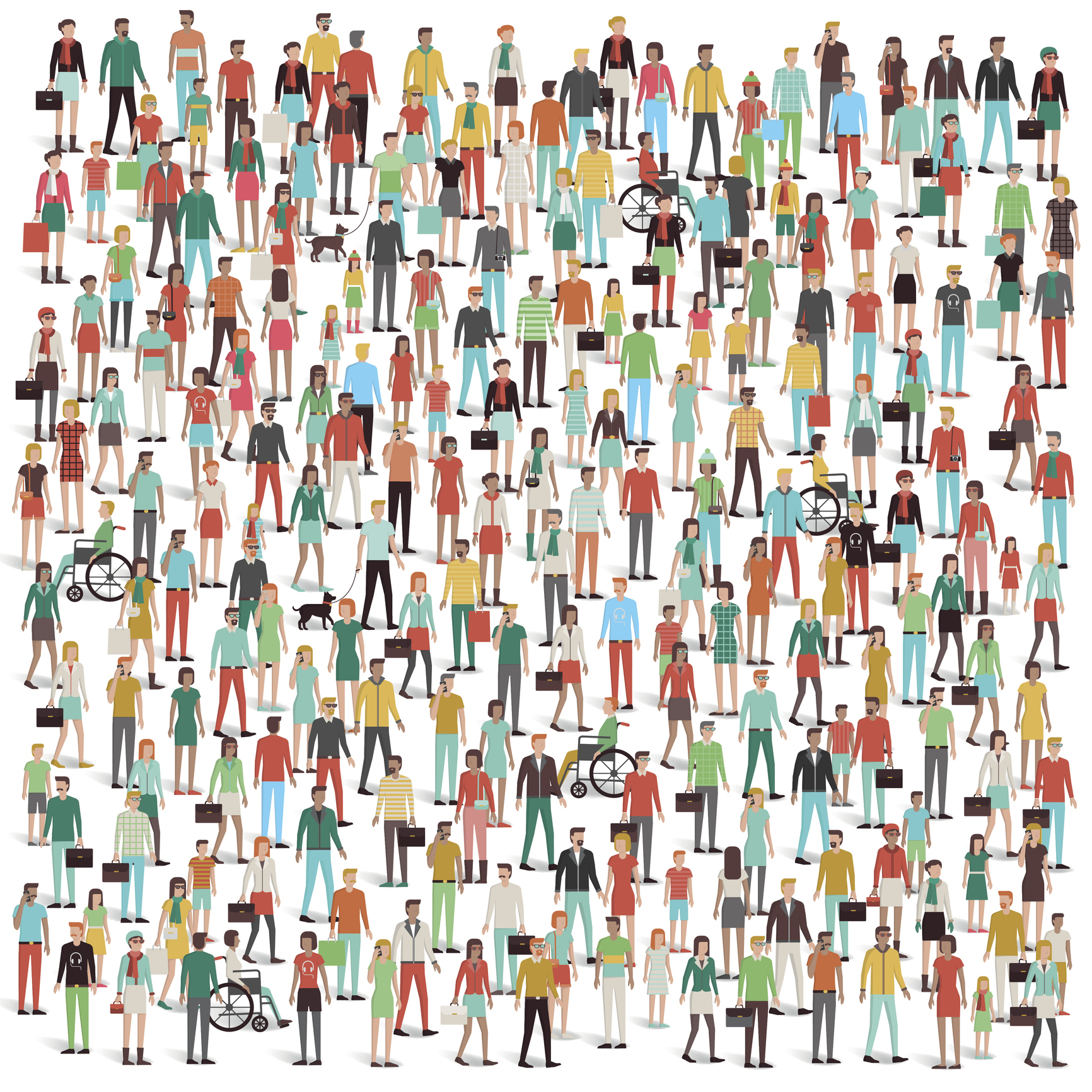Diversity, Equity and Inclusion Resources
THE IMPORTANCE OF DIVERSITY, EQUITY AND INCLUSION AT WORK
Companies can be powerful places for social change. As CDA members strive to create an environment where everyone has equal rights, equal pay, equal access to education, and equal opportunities to succeed the resources below may be helpful on that journey. These resources offer a wide variety of perspectives and guidance on how to strive toward these objectives, whether it be at home, in your community, at your own company, in the industry or in all of the these places.
WHAT IS DIVERSITY, EQUITY AND INCLUSION?
 As you begin to have brave and sometimes difficult conversations about equality, language matters. According to Merriam-Webster, the definition of diversity is the “condition of having or being composed of differing elements: the inclusion of different types of people (such as people of different races or cultures) in a group or organization.”
As you begin to have brave and sometimes difficult conversations about equality, language matters. According to Merriam-Webster, the definition of diversity is the “condition of having or being composed of differing elements: the inclusion of different types of people (such as people of different races or cultures) in a group or organization.”
When thinking of diversity in the workplace, this is construed as the idea that your company reflects the community you serve. Diversity has many facets including race, ethnicity, gender or gender identity, age, religious affiliation, and sexual orientation. Keep in mind diversity isn’t always something that can be measured or seen. Diversity also includes people with differing educational backgrounds, cultural backgrounds, experiences, physical abilities and personality types, for instance.
The definition of inclusion per Merriam-Webster is the “act or practice of including and accommodating people who have historically been excluded (as because of their race, gender, sexuality, or ability).” Inclusion in the workplace is when every single person in the company is valued, heard, respected, empowered, and feels a true sense of belonging. It goes beyond tolerance to recognizing and elevating every person.
RESOURCES:
Diversity and Inclusion in the Workplace: A Complete Guide
Diversity Conversation Toolkit: Simple Ways to Start a Conversation About Diversity
Combating Disability Discrimination in the Workplace